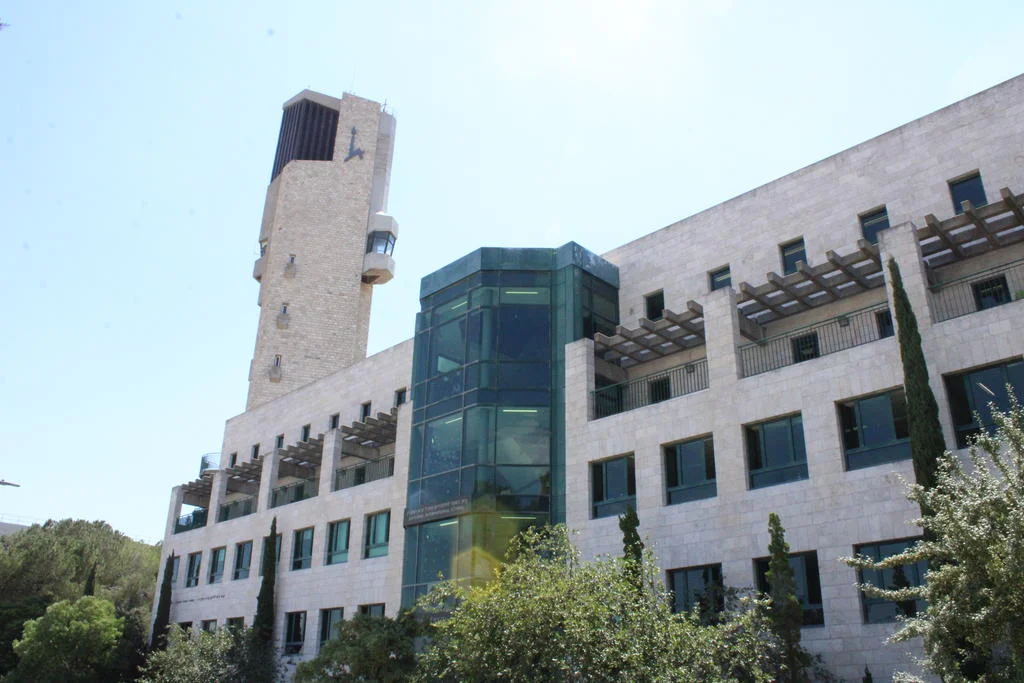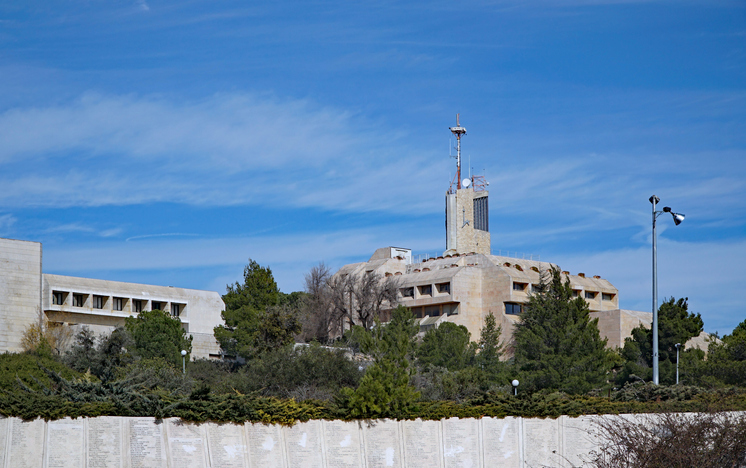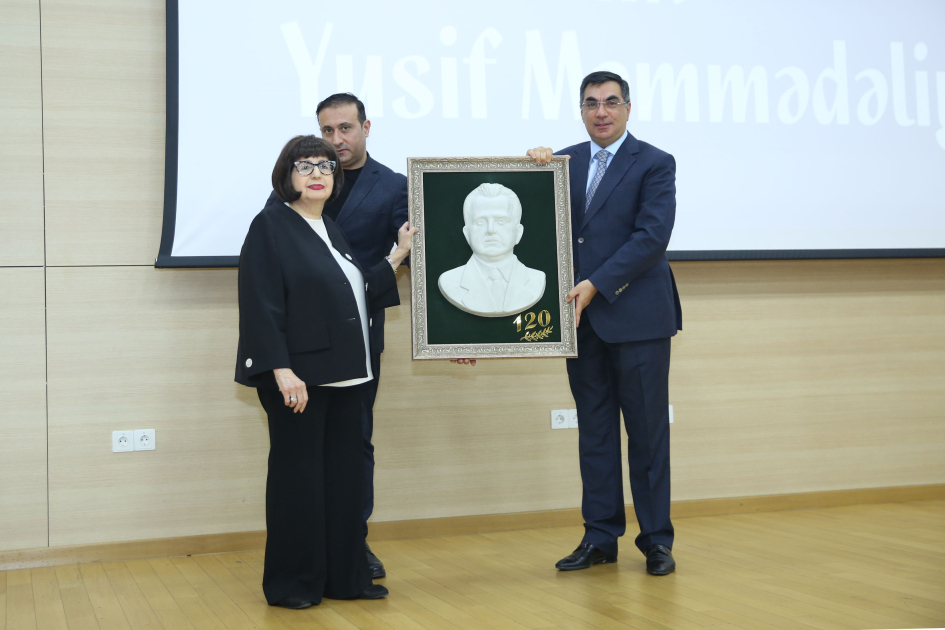NASA’s Lucy mission has just snagged a celestially good deal: two asteroids for the price of one flyby. While flying past a small main-belt asteroid called Dinkinesh the spacecraft found an even smaller “moon” orbiting it. The two form a binary asteroid pair, according to Scientific American.
“A binary was certainly a possibility,” says Jessica Sunshine, a planetary scientist at the University of Maryland and a co-investigator for the mission. “But it was not expected, and it’s really cool.”
Lucy launched in 2021, and on November 1, 2023, it performed its flyby of Dinkinesh—which mission personnel nicknamed “Dinky.” The maneuver itself was a dress rehearsal for Lucy’s primary mission, a series of flybys of strange “Trojan” asteroids orbiting the sun ahead of and behind Jupiter. These flybys are extremely fast, and the team wanted to make sure Lucy’s probe could latch onto and study a space rock even while whipping through the solar system.
And latch onto the asteroid it did. “It worked flawlessly,” says Hal Levison, a planetary scientist at the Southwest Research Institute and principal investigator of the Lucy mission. “As a test, this was amazingly successful.”
The fruits of that success are a newly discovered asteroid—an even dinkier Dinky, as it were—and a host of puzzles to solve. Scientists are only beginning that process; Lucy has beamed about one third of the flyby’s data down to Earth so far.
The public has seen even less: so far the Lucy team has only released a series of images showing the moon’s movement around Dinkinesh and an image from near the spacecraft’s closest approach, taken from about 270 miles away.
But even with just that glimpse, scientists are thrilled.
Among the interesting features immediately apparent are a stark equatorial ridge on the main body of Dinkinesh, as well as a secondary ridgelike line branching off it. And this asteroid looks relatively old and a little beat-up. “It is covered in craters,” Sunshine says. “The silhouette, even, the outline of it is not smooth at all. It’s just hit after hit.”
Levison says the smaller asteroid looks particularly tantalizing. “I think the imaging we haven’t released yet says that the secondary, at least, is going to be interesting,” he says, noting that “its shape is really bizarre.” In addition, it sports a ridge just like the larger body, although this one doesn’t seem oriented the same way, which Levison calls surprising.
Dinkinesh’s little moon was certainly a bonus, but Lucy personnel weren’t entirely surprised to see it. As the spacecraft approached Dinkinesh, Levison says, the team had speculated the asteroid might be part of a binary pair because the craft’s measurements of the brightness of the space rock as a speck against the night sky didn’t seem to match such observations that had previously been made from Earth. One explanation could have been that Dinkinesh hid a small companion—although Levison says the moon Lucy really did see doesn’t quite solve the mystery yet either.
The team was particularly gratified to discover Dinkinesh’s moon because scientists believe that such main-belt asteroids eventually get kicked deeper into the solar system to orbit the sun at about the same distance as Earth—although the details of this process remain unknown. Researchers monitoring these near-Earth asteroids have found that about 15 percent of them are binaries.
One of those is the asteroid duo observed last fall by NASA’s Double Asteroid Redirection Test (DART) mission. DART slammed into the smaller body, Dimorphos, which orbits the larger Didymos. The pair have a similar size ratio as that of the about 2,590-foot Dinkinesh and its about 720-foot companion. Both duos are also rocky in composition, making Sunshine particularly eager to compare the two pairs.
“We have this twin set in two different environments,” she says. “It’s a great science problem. They’re clearly very different, even though they’re very similar. So it’s pretty damn exciting.”
Levison says he and his colleagues are still waiting for the spacecraft to send home data, including color images and spectroscopy that could help scientists understand the nuances of Dinkinesh, as well as lower-resolution images from different viewing angles that will help them interpret the rocks’ terrain.
“I think there are still more treats that the system is going to give us as we get more data down,” Levison says. “There’s a lot of cool stuff to come.”

















.webp)


